Much of the nitrous oxide entering the atmosphere from the oceans could be formed by a previously unknown inorganic route. The mechanism, uncovered by researchers in Denmark and Spain, could explain why emissions of nitrous oxide – a powerful greenhouse gas and ozone-depleting agent – exceed those predicted in models used by the Intergovernmental Panel on Climate Change.
As molecular nitrogen is almost totally inert, input into the Earth’s nitrogen cycle is largely controlled by the addition of reactive nitrogen compounds such as nitrates and ammonia. The use of synthetic fertiliser has dramatically increased this nitrogen input, and atmospheric nitrous oxide levels are now 23% higher than in preindustrial times. However, the exact mechanisms driving this remain undetermined.
Some abiotic processes involving metallic reductants can occur in metal-rich sediments, but the vast majority of known production processes are microbial. Some bacteria and archaea make nitrous oxide during ammonia oxidation to nitrite in well-oxygenated waters, whereas denitrifying bacteria produce it during reduction of nitrate in oxygen-poor waters. None of these, however, could fully explain the observed increase. ‘It was just this weird conundrum that in many cases the mechanism that was being used to explain most of these emissions didn’t seem to be there,’ says Jennifer Glass at the Georgia Institute of Technology in Atlanta, US.
Now, Elizabeth Leon-Palmero and her colleagues at the University of Granada and the University of Southern Denmark incubated samples of water from multiple locations in Spain and the Baltic sea in quartz vials. They found that the rate of nitrous oxide production was consistent with the intensity of ultraviolet light shining on the samples. This effect was not inhibited by the addition of a biocide.
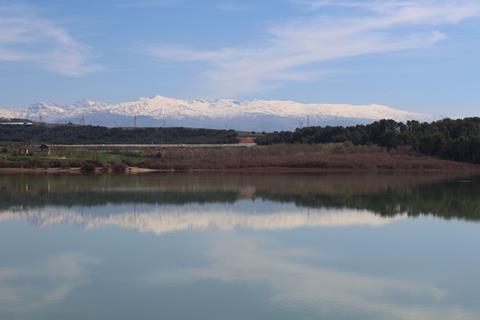
The researchers hypothesised that the ultraviolet light was directly driving denitrification. To test this, they added nitrogen-15 labelled nitrate and nitrite to samples of water. They found significant quantities of isotopically labelled nitrous oxide were produced, with the amount increasing with ultraviolet irradiation. The researchers write that this process may ‘contribute considerably’ to global nitrous oxide emissions and are now attempting to ascertain precise figures. ‘When we wanted to show the abiotic process we had to eliminate the other [processes],’ says Leon-Palmero, who is now at Princeton University in the US. ‘In the next studies, we are looking at the abiotic [process] by itself but also the abiotic combined with the biological – to see whether they add to each other or even whether they have some interaction.’
‘I think it’s a beautiful [study],’ says Glass. She notes that researchers have previously shown similar light-driven processes in atmospheric aerosols, but never in aquatic environments. ‘As we’ve been sequencing more and more genomes in the environment a lot of us have moved really into that -omics space, looking for key markers for genes … This just goes to show that sometimes it’s not biological,’ she says. ‘You have to think outside the box and consider all the chemistry that can be happening, not just the enzymes.’
Scott Wankel of Woods Hole Oceanographic Institute in Massachusetts believes that the ‘exciting’ findings could solve a key mystery: ‘For a long time we’ve known that whatever nitrous oxide was getting out into the atmosphere was made in the upper [ocean] layer, and we thought that was nitrification by ammonia-oxidising bacteria and archaea – but they don’t like light,’ he says. ‘Here all you need is for the upper metre of seawater to have some organic matter in it, and the nitrous oxide will be quickly released to the atmosphere … it really could be driving the entire bus of the oceanic flux of nitrous oxide to the atmosphere, or at least a very large part of it.’
References
E Leon-Palmero et al, Science, 2025, DOI: 10.1126/science.adq0302


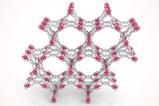

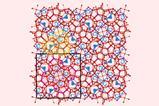


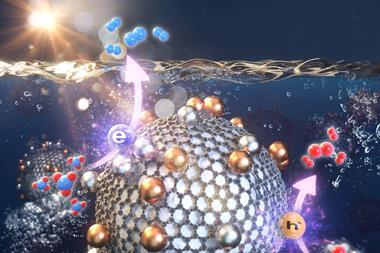


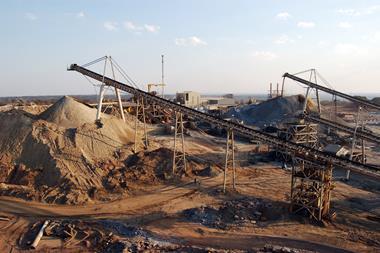
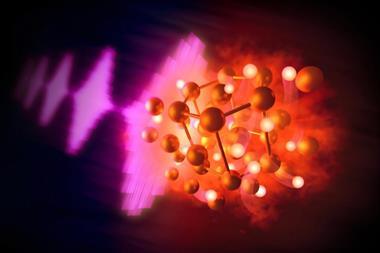
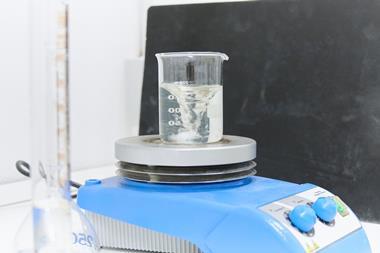



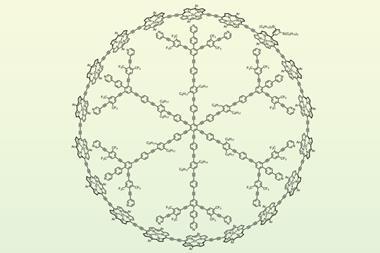
No comments yet